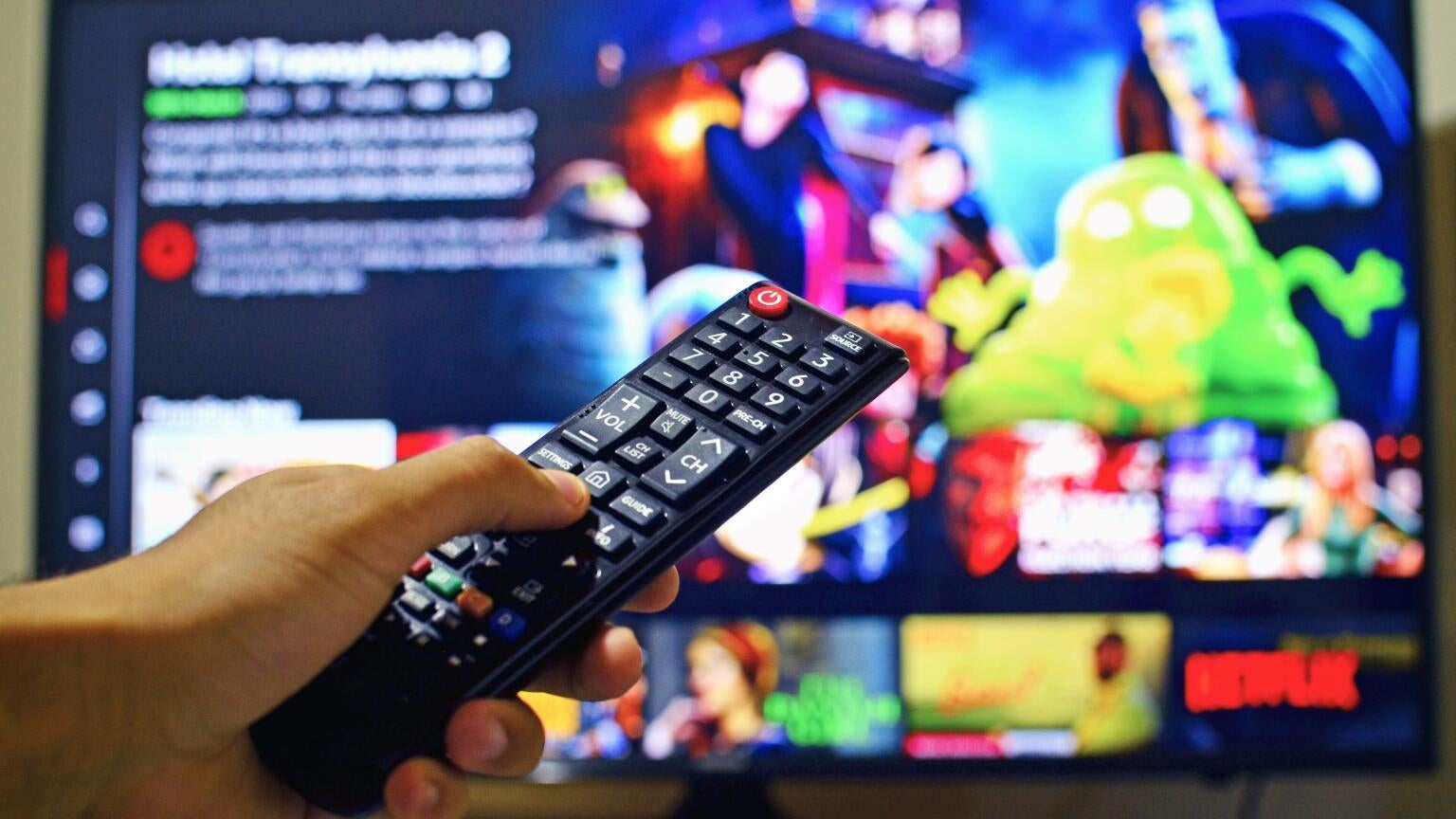
If sports viewership seems like a largely passive activity, that’s not a surprise. To the casual observer most sports viewing is just people sitting around and eating snacks punctuated by bursts of intense rage or joy. But based on the latest word from Forbes, sports viewership is about to get a lot more interactive.
FuboTV has actually unveiled several features that help with making sports viewing less passive and more active. Earlier this month, it rolled out a live stats feature drawing on FanView data for its coverage of the qualifying matches for the South American Qatar World Cup 2022 competition. FuboTV also showed off Fubo Sportsbook, which is designed to facilitate sports betting in states that allow it by teaming up with regional casino operators.
FuboTV has also been seen adding its own trivia operations to sporting events, to the point where viewers can win prizes by watching and answering questions. It’s even been suggested that such moves could easily be brought to live events like the Academy Awards or even potentially to movies. If fuboTV were to slave such trivia events to subscription rates—win this hour’s trivia contest and get $5 off this month’s bill—they could potentially bring in huge new viewership numbers.
That’s not the only such game in town, either; a company called StreamLayer is bringing out a whole new slate of options for streaming video in general, and sports in particular. With StreamLayer’s technology able to add everything from stats streams to the ability to accommodate private watch parties and even sports betting, the ability to turn sports viewing into an active event is getting more possible with each passing day.
It’s no surprise to see that sports are looking to become more interactive. The live sports experience has already been moving in this direction for years. As far back as 2018, stadiums were beginning to experiment with large-scale Wi-Fi connections and 4G connections as well. The possibilities of such a connection were substantial; some reports noted that fans were actually watching the game on a mobile device while being in the stadium itself. Why? A 2017 report from The Guardian explains that nicely with essentially one word: context.
While at a stadium, we may be absolutely focused on the guy with the ball, but the cameras are recording all manner of different angles. Including the angle that features a defender rapidly heading toward the guy with the ball, who we may not actually realize is even there.
It goes on from there; those wireless connections can simplify everything from stats access to betting pools to even ordering snacks and concessions. With wireless connectivity in stadiums, ordering—and paying for—those hot dogs and beer and such becomes a breeze, and you never even need to leave that seat. It can be brought to you directly; just give them your seat number.
All those possibilities—or as many as possible—need to be matched by streaming services if they have much hope of drawing and keeping interest. Streaming services had an excellent competitive advantage before; it was not only more convenient but also much cheaper to watch at home. This is actually similar to the problem that movie theaters faced. But movie theaters—or at least some of them—responded in the only way they could: ramping up the experience. Adding day care and higher-end dining options to turn a night at the movies into a fuller, richer event drew more interest. Sports is doing something similar here, and now streaming services have to respond accordingly.
Dave Barry, in his book “A Complete Guide to Guys”, details how the first sports fans were born. Barry relates the thrilling tale of the Battle of Marathon, where a Greek messenger brought back the tale of a major victory. The messenger then collapsed, dead, following his breakneck run over a 26-mile trail. Barry notes that, at this point, one guy became so overwhelmed by what he’d just seen that all he could say was “Boo.” The cry caught on with the rest of the crowd, and the sports fan was born.
Fast forward a couple thousand years or so, and that sports fan has a lot more options and a television that can let him bet on sports if he likes. It’s no surprise to see sports streaming services taking advantage of that new power accordingly. They have to, just to keep ahead of an increasingly connected and interactive stadium experience.